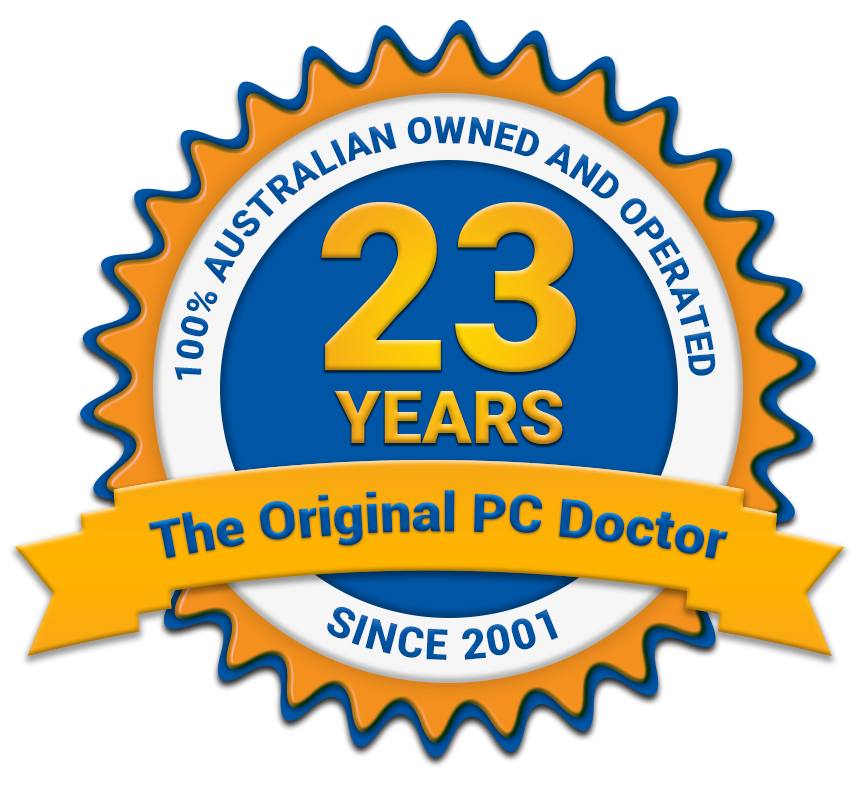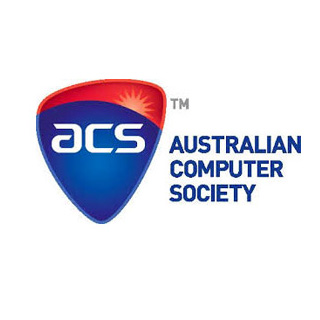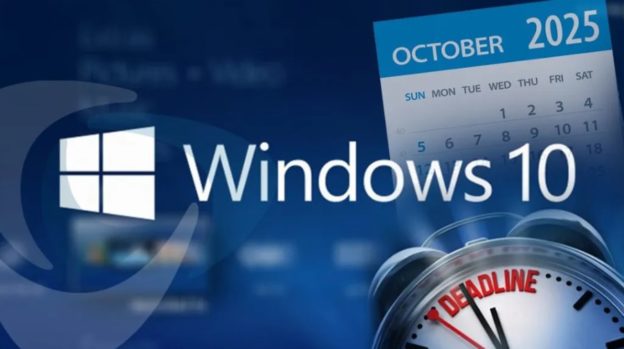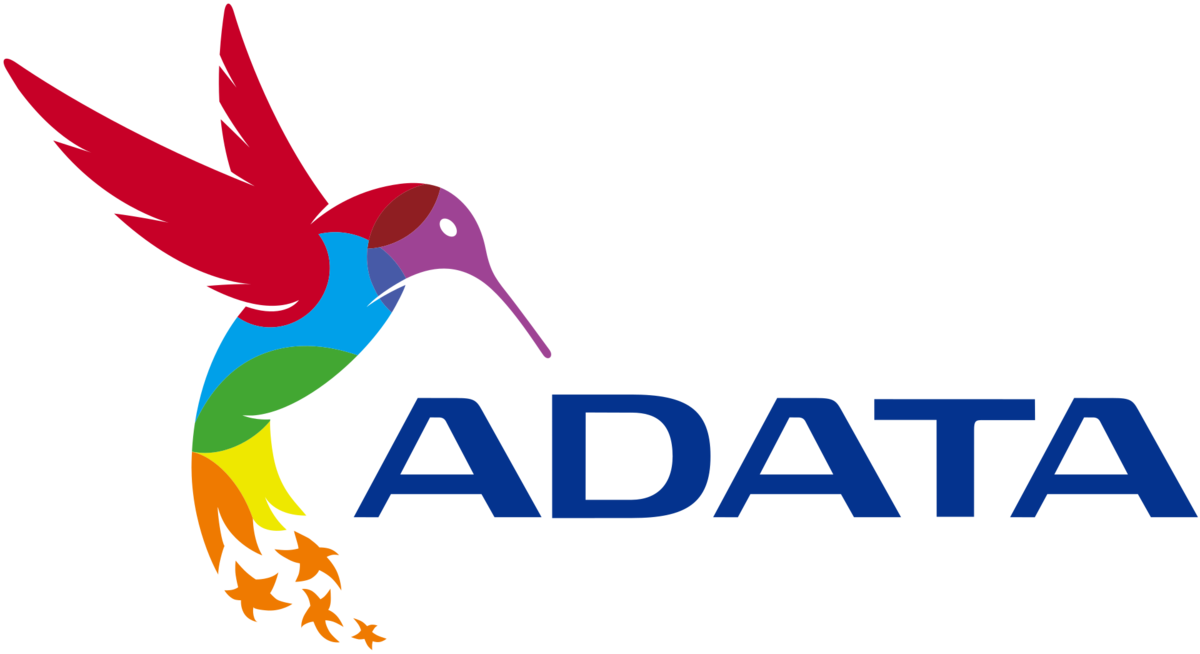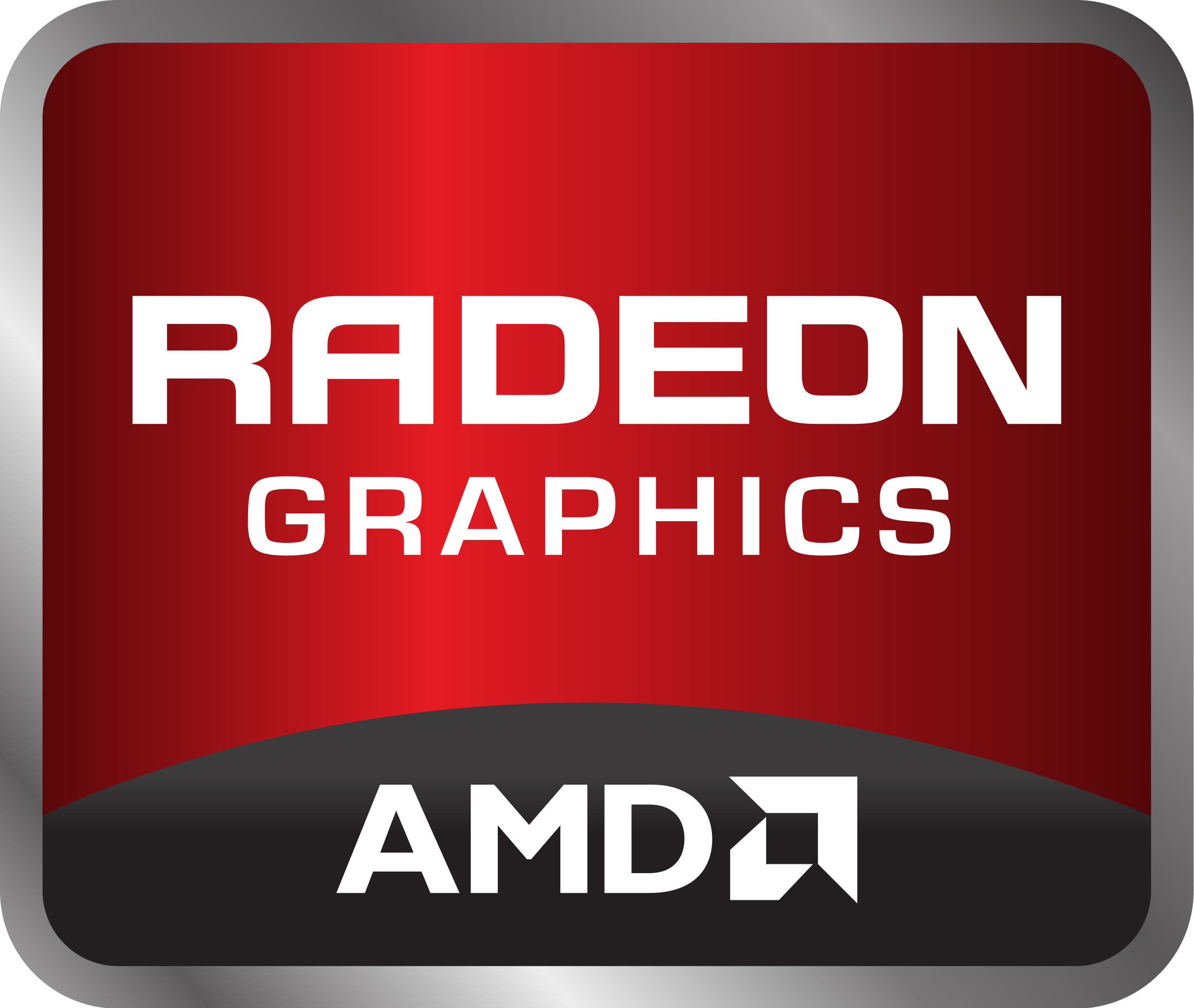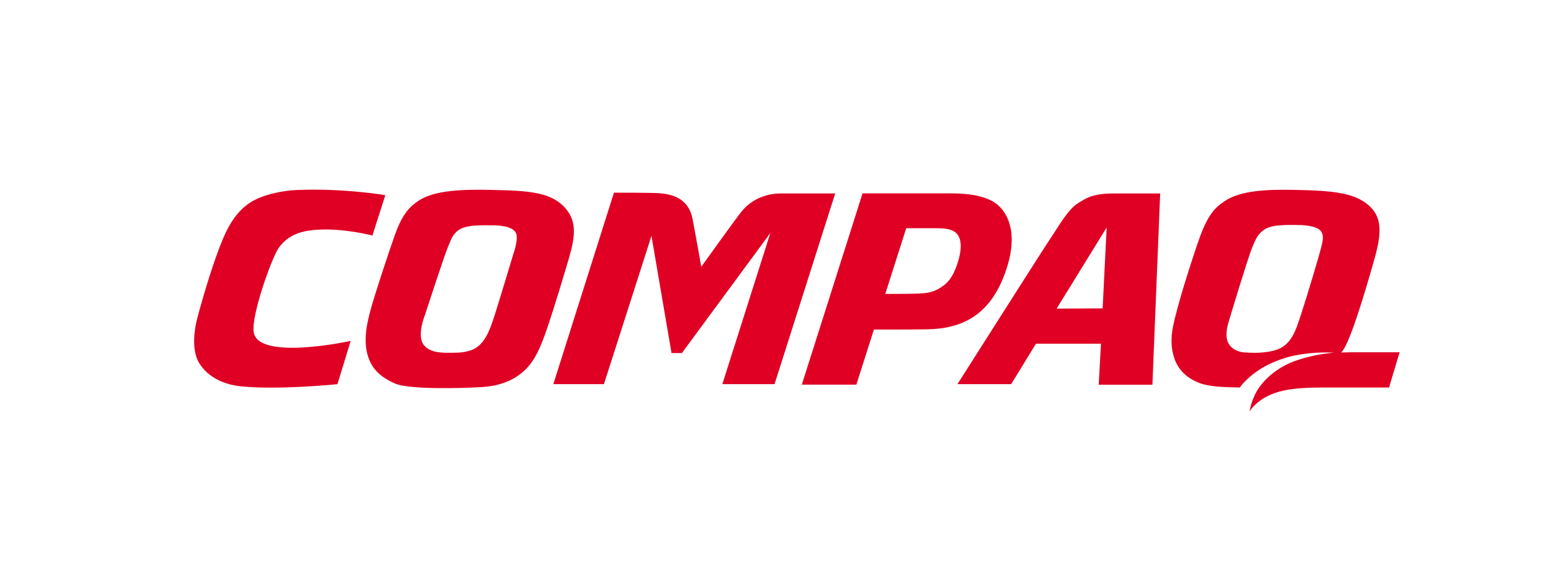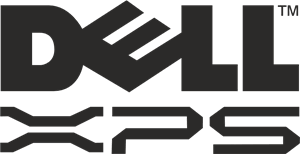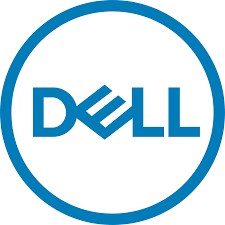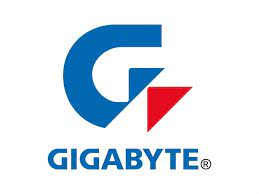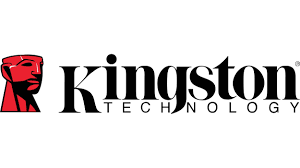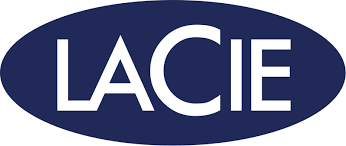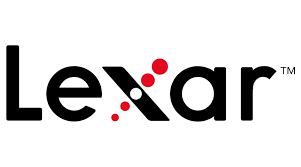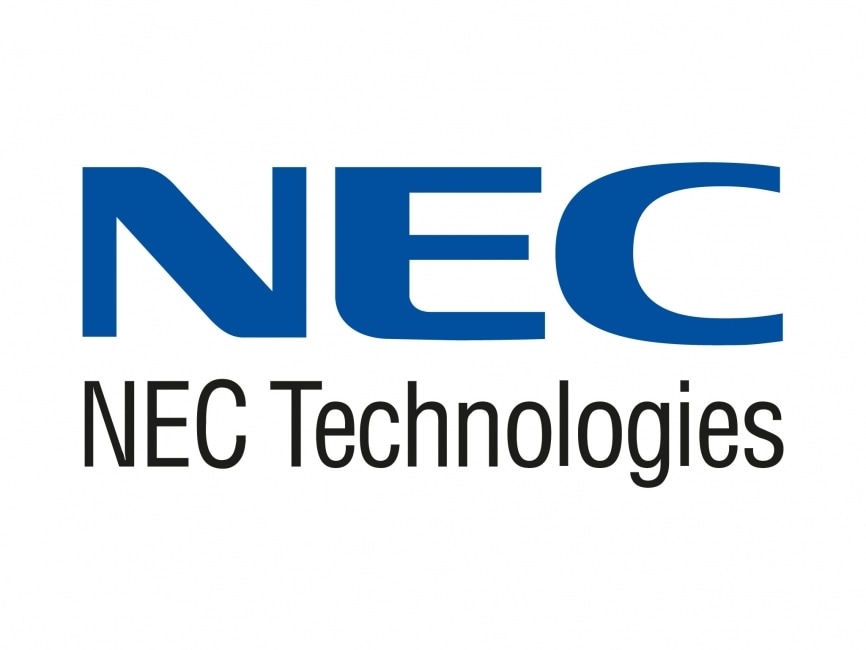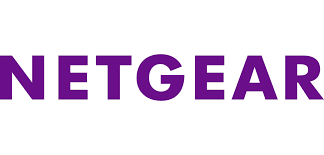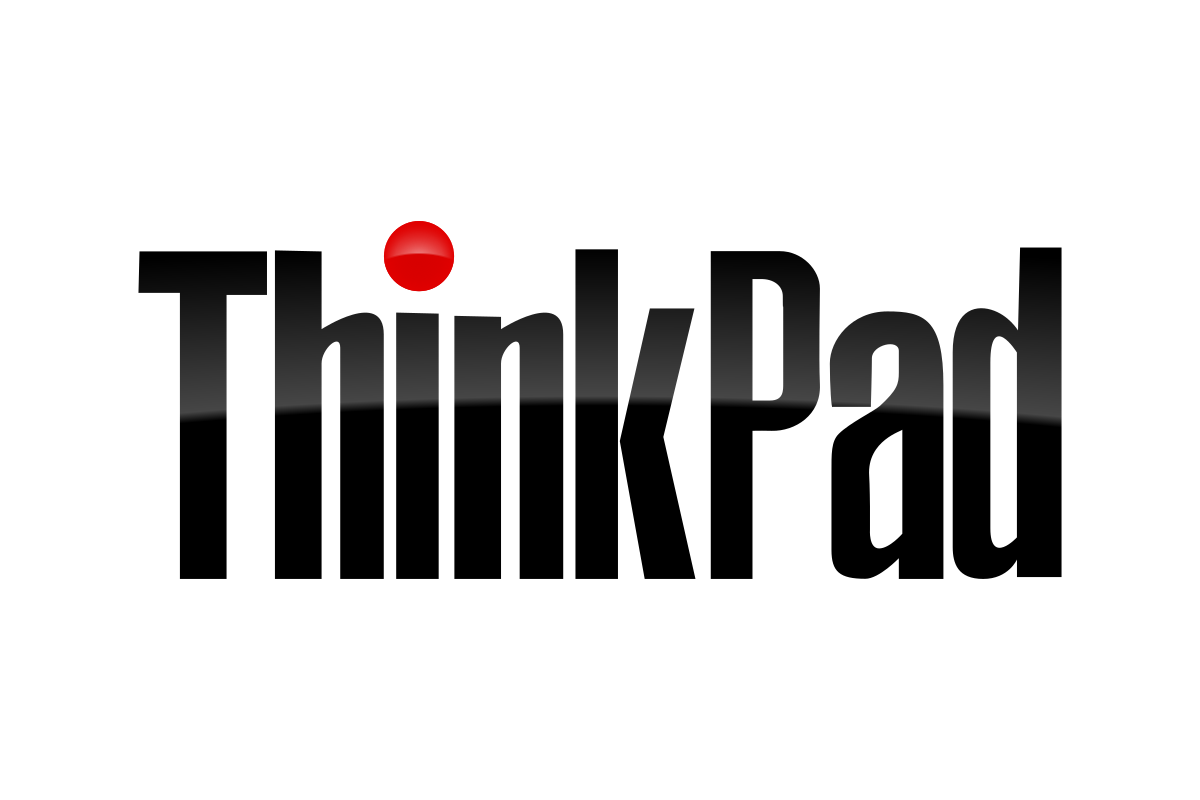RAM, which stands for Random Access Memory, is the temporary storage and “working memory” of your computer. It’s like a short-term assistant that holds the information your computer needs to actively work on at any given moment.
Here’s a breakdown of RAM’s key features:
1. Speed: RAM is significantly faster than other storage options like hard drives or solid-state drives (SSDs). This allows your computer to access frequently used data and instructions almost instantly, which is crucial for smooth performance.
2. Volatility: Unlike permanent storage, RAM is volatile, meaning it loses all its data when the computer is turned off or restarted. This is because RAM uses electrical charges to store data, which are lost when the power is cut.
3. Importance: RAM plays a vital role in your computer’s performance. Having enough RAM ensures that your computer can run programs and applications smoothly while switching between them efficiently. Conversely, insufficient RAM can lead to slowdowns, lag, and even crashes as the computer struggles to manage the necessary information.
4. Memory Capacity: RAM is measured in gigabytes (GB), similar to storage drives. Common RAM capacities for personal computers today range from 4GB to 32GB, with the amount needed depending on your typical usage and desired performance level.
5. Upgrading RAM: Many computers allow you to upgrade RAM by adding additional memory modules. This can be a cost-effective way to improve your computer’s speed and responsiveness, especially if you experience frequent slowdowns or encounter software limitations.
In simpler terms, RAM is like a desk for your computer. It’s where it keeps the information it’s currently working on, readily available for quick access to ensure smooth and efficient operation.





